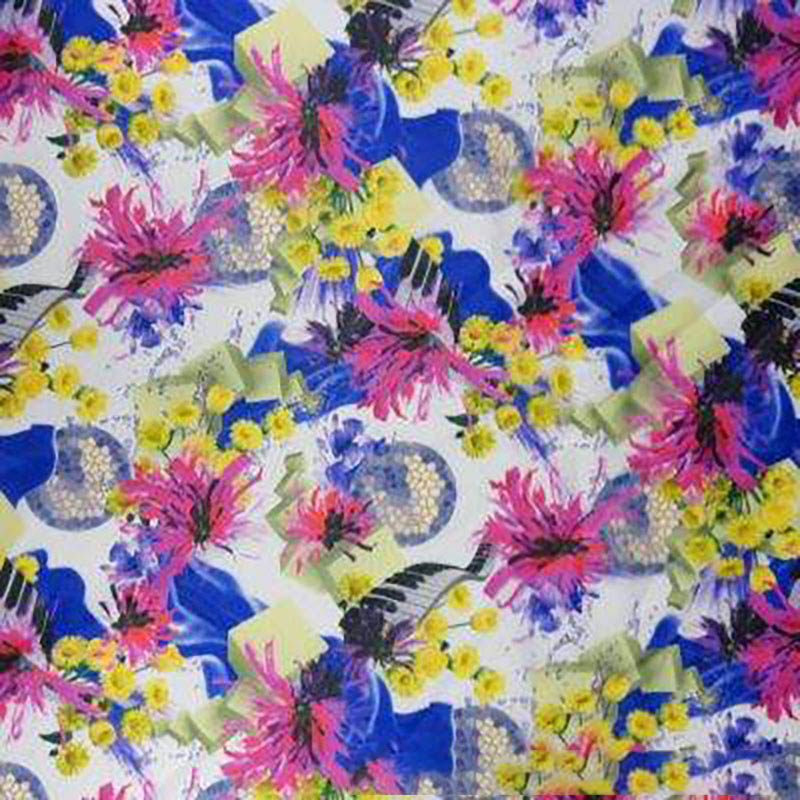As consumers become more environmentally conscious, eco-friendly textiles have become an important trend in the fashion industry. These textiles not only reflect the beauty of design, but also have the characteristics of sustainable development. In this article, I will take you to explore the types of eco-friendly textiles, their advantages, and how to choose these materials to promote green fashion.
.jpg)
There are many types of eco-friendly textiles, including organic cotton, recycled polyester and fabrics treated with natural dyes. For example, organic cotton means that no chemical fertilizers or pesticides are used during the planting process, which effectively reduces the impact on the environment. In addition, recycled polyester is made by recycling waste materials such as plastic bottles, which effectively reduces resource waste.
.jpg)
There are many advantages to using eco-friendly textiles. First, these products are more in line with today's consumer demand for sustainability and environmental protection, further enhancing the brand image. Second, the production process of eco-friendly materials often reduces pollution to water and land, thus bringing greater environmental benefits. In addition, many eco-friendly materials are even more durable than traditional materials, ensuring that the product maintains good quality throughout its service life.

There are more and more eco-friendly textiles available in the market today. When choosing, it is recommended to pay attention to the source of the materials, the production process and their certification standards. For example, look for products with Global Organic Textile Standard (GOTS) certification to ensure the environmental friendliness of the materials. In addition, it is also a wise choice to communicate with the brand to understand its commitment and strategy to sustainable development.
Eco-friendly textiles provide a new path for sustainable development for the fashion industry. In the process of selecting production materials, we should not only pay attention to aesthetics, but also pay attention to environmental protection and sustainability. By choosing eco-friendly textiles, we not only enhance the market competitiveness of our own brands, but also contribute to protecting the ecological environment. In the future, we hope that more companies can join this green fashion movement and jointly promote the in-depth integration of environmental protection and the fashion industry.
